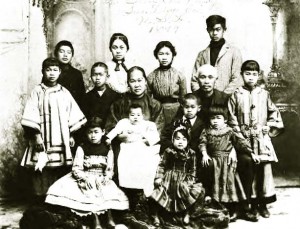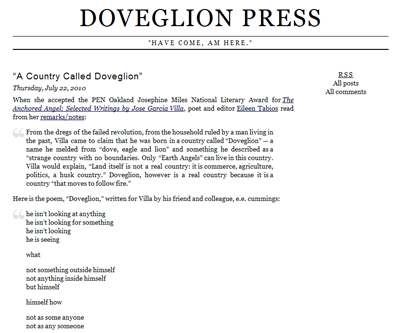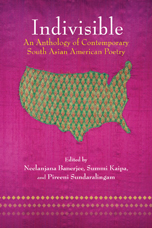Happy August! Here is our little news flash for the month:
Late Summer Blog Hiatus & LR Staff Changes
Our staff will be taking a blog hiatus from August 11th until September 6th. During our hiatus, we’ll be updating the web site, fine-tuning our submissions policies in preparation for the next reading period, making final decisions about our staff search, and welcoming our new staff onto our team. When we return in September, we’ll introduce our new team members and open submissions for Issue 2.
August Community Calendar Posted
In light of our upcoming blog hiatus, we’ve extended the range of our August Calendar to include events up through September 6th. If you know of something going on or would like to note a correction to an existing listing, please email or message us to let us know (we will still be responding to email during the hiatus, even though we won’t be on Facebook or Twitter as regularly as usual).
* * *
We’ll still be posting regularly up through August 10th, so in the meantime, keep on coming back for more poetry goodness. Many thanks to you, as always, for all of your support — having such a dedicated and enthusiastic community of readers has made our first year an incredible joy.
Best,
Iris & Mia
LR Editorial Staff.








